
Emperor Hadrian and his boy toy Antinous MATTHEW'S ISLAND
A unique read,the author did extensive research covering Antinous, Hadrian, political implications of Antinous, the god,and sculptural analysis of antinous among other things. After visiting Villa Adriana, a clearer picture of Hadrian's purposeful architectual plan emerged from reading your book. The book was not too emotional, yet easy to read.
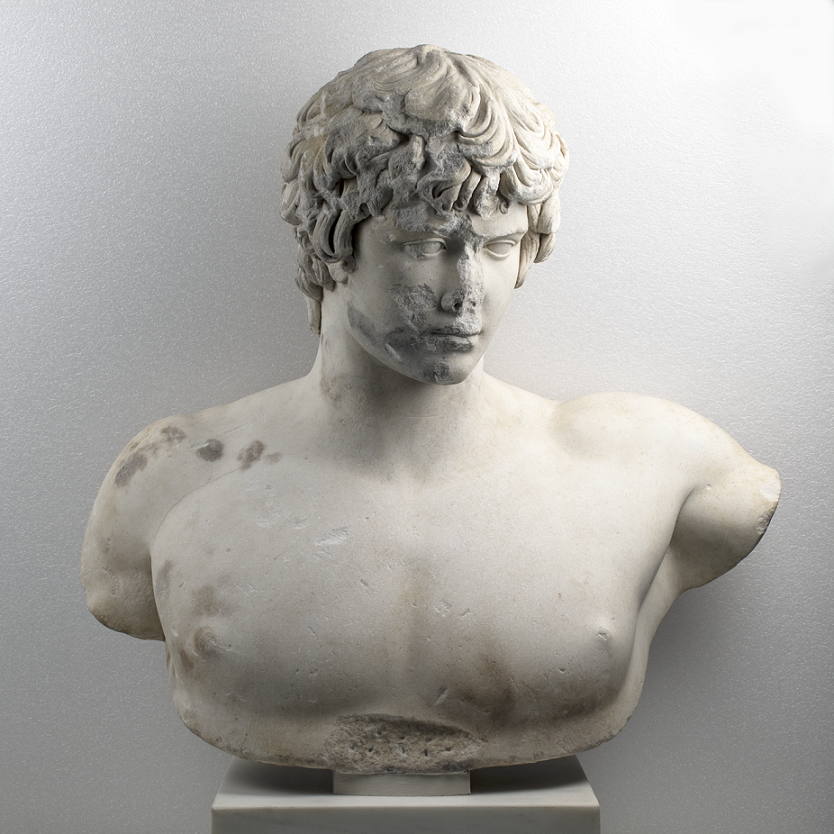
"Hadrian and Antinous an encounter, 19 centuries later" National Archaeological Museum
By the time Antinous was about 18, and Hadrian was in his early fifties, the pair were inseparable. Romantic relationships between younger and older men had been socially accepted in ancient Greece .

Antinous, Emperor Hadrian’s boyfriend Matthew's Island of Misfit Toys
Hadrian became enamoured with Antinous, a younger man renowned for his beauty and invited him to join his tours of his Empire. In AD 130 Antinous drowned in the river Nile and Hadrian was devastated. Reports said that Hadrian wept for him 'like a woman'. Hadrian mourned Antinous' death intensely and publically rather than in private as.

How Roman Emperor Hadrian's Gay Lover Became a God
Hadrian (born January 24, 76 ce —died July 10, 138, Baiae [Baia], near Naples [Italy]) Roman emperor (117-138 ce), the emperor Trajan's cousin and successor, who was a cultivated admirer of Greek civilization and who unified and consolidated Rome's vast empire. He was the third of the so-called Five Good Emperors.. Early life. Hadrian's Roman forebears left Picenum in Italy for.

Hadrian and Antinous How Roman Emperor Hadrian's Gay Lover Became a God
Antinous (l. c. 110-130 CE) was a youth of Bithynia who became the beloved of the Roman emperor Hadrian (l. 76-138 CE, r. 117-138 CE) from around the age of 13 until his death at nearly 20. His year of birth is unknown as are any details of his life before he met Hadrian in 123 CE. All the ancient sources agree he was almost 20 when he drowned in the Nile River while accompanying Hadrian on a.

FOLLOWING HADRIAN Portraits of Antinous
Antinoüs (born c. 110, Bithynium, Bithynia—died 130, near Besa, Egypt) homosexual lover of the Roman emperor Hadrian, deified by the emperor after his death in Egypt, where he drowned.Hadrian erected temples to him throughout the empire and founded a city, named Antinoöpolis, in his honour, near the place where he died.An obelisk, now in Rome near the Porta Maggiore, marked his tomb.

Hadrian And Antinous Telegraph
In Hadrian and Antinous we'll investigate the difference between man-to-man relations in Rome and pederasty in Athens, and we'll learn why Antinous drowned and why he become, for the first time in history, the first boyfriend ever to be deified. Women are essential to our story but the ancient world was a man's world, as is ours, and Hadrian.

Antinous & Hadrian First & Second Meetings (Part One) by Charles Bryant YouTube
Antinous, a young man from Bithynia, was a favorite of the Roman emperor Hadrian. Not much is known about his life except that he possessed a rare beauty. Antinous was not yet 20 years old when he drowned in the Nile in 130 CE under suspicious circumstances. Hadrian grieved the young man and made a cult in his honor.

Hadrian & Antinous. History Pinterest
Paperback. $8.00 5 Used from $3.54 6 New from $8.00. The moving story of Hadrian and Antinous has spanned the ages not only as the bond of two men's love, but equally as an eternal mystery as to why a youth forfeited his life to perpetuate that of his lover. The book is an historical work, as historically correct as I could make it.
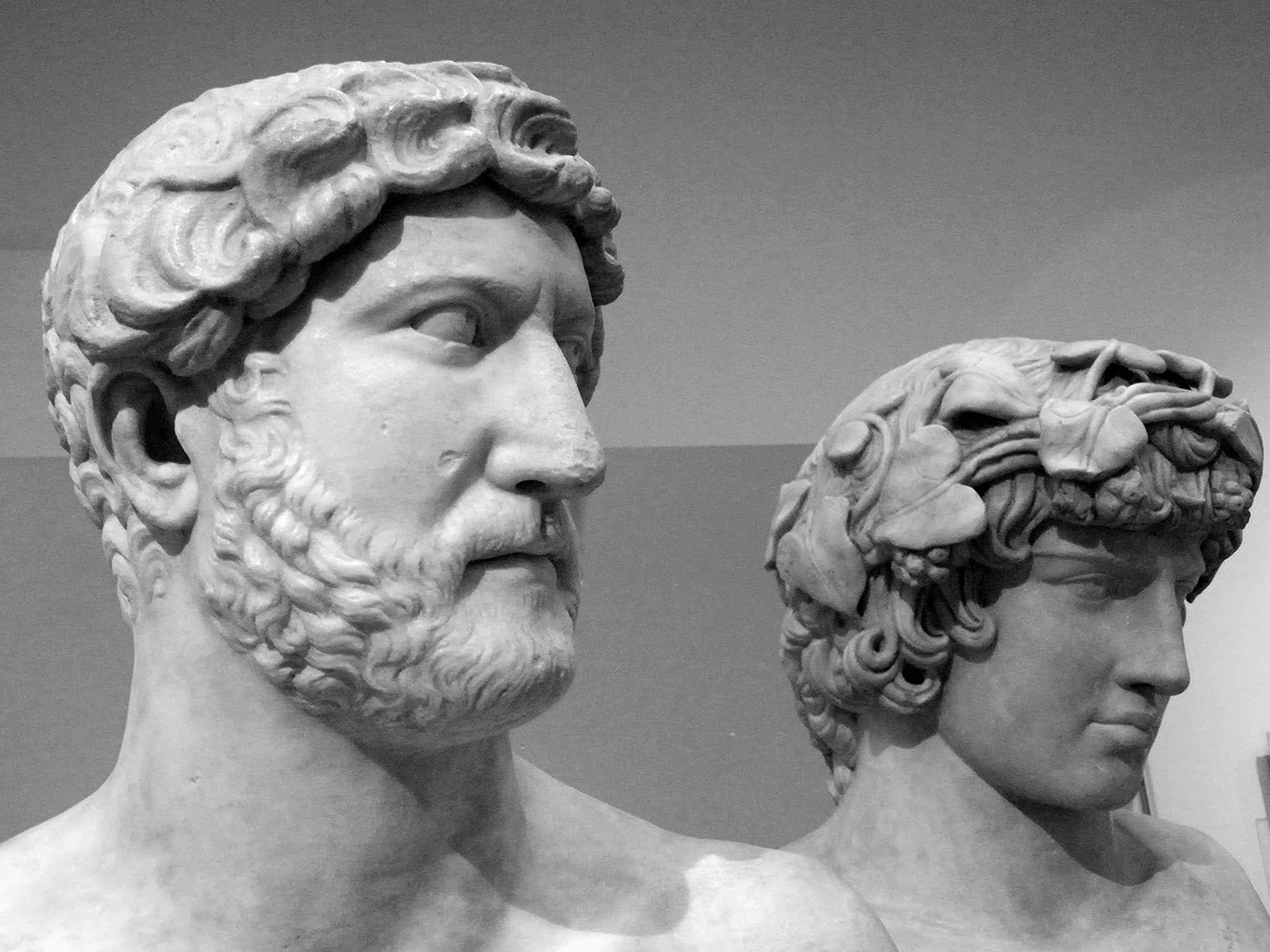
Same Sex Couples 12 Notable Same Gender Couples from History
Hadrian and Antinous held a lion hunt in the Libyan desert; a poem on the subject by the Greek Pankrates is the earliest evidence that they travelled together. While Hadrian and his entourage were sailing on the Nile, Antinous drowned. The exact circumstances surrounding his death are unknown, and accident, suicide, murder and religious.

😍 Hadrian and antinous. The Obelisk of Antinous. 20190207
Antinous, also called Antinoös, (/ æ n ˈ t ɪ n oʊ ʌ s /; Greek: Ἀντίνοος; c. 111 - c. 130) was a Greek youth from Bithynia and a favourite and lover of the Roman emperor Hadrian. Following his premature death before his 20th birthday, Antinous was deified on Hadrian's orders, being worshipped in both the Greek East and Latin West, sometimes as a god (θεός, theós) and.

Bust of Antinous, found at Hadrian’s Villa in 1790, Vatican Museums FOLLOWING HADRIAN
A Portrait of Antinous, In Two Parts. An exceptionally beautiful Greek youth, Antinous was a favorite of Roman Emperor Hadrian. Following the young man's mysterious death by drowning in the Nile River, Antinous was proclaimed a god, and portraits of him appeared across the Roman Empire. This focused exhibition unites two marbles portraying.

Matt & Andrej Koymasky Famous GLTB Antinous & Hadrian 2
The relationship between Hadrian and Antinous is, thus, not only seen as gay, but something to be aspired to. This deep romanticization of their relationship normalizes pederasty, embedding it into the queer identity. Looking back at pederasty and labelling it 'queer' eliminates the distance between the two and creates a space for pederasty.
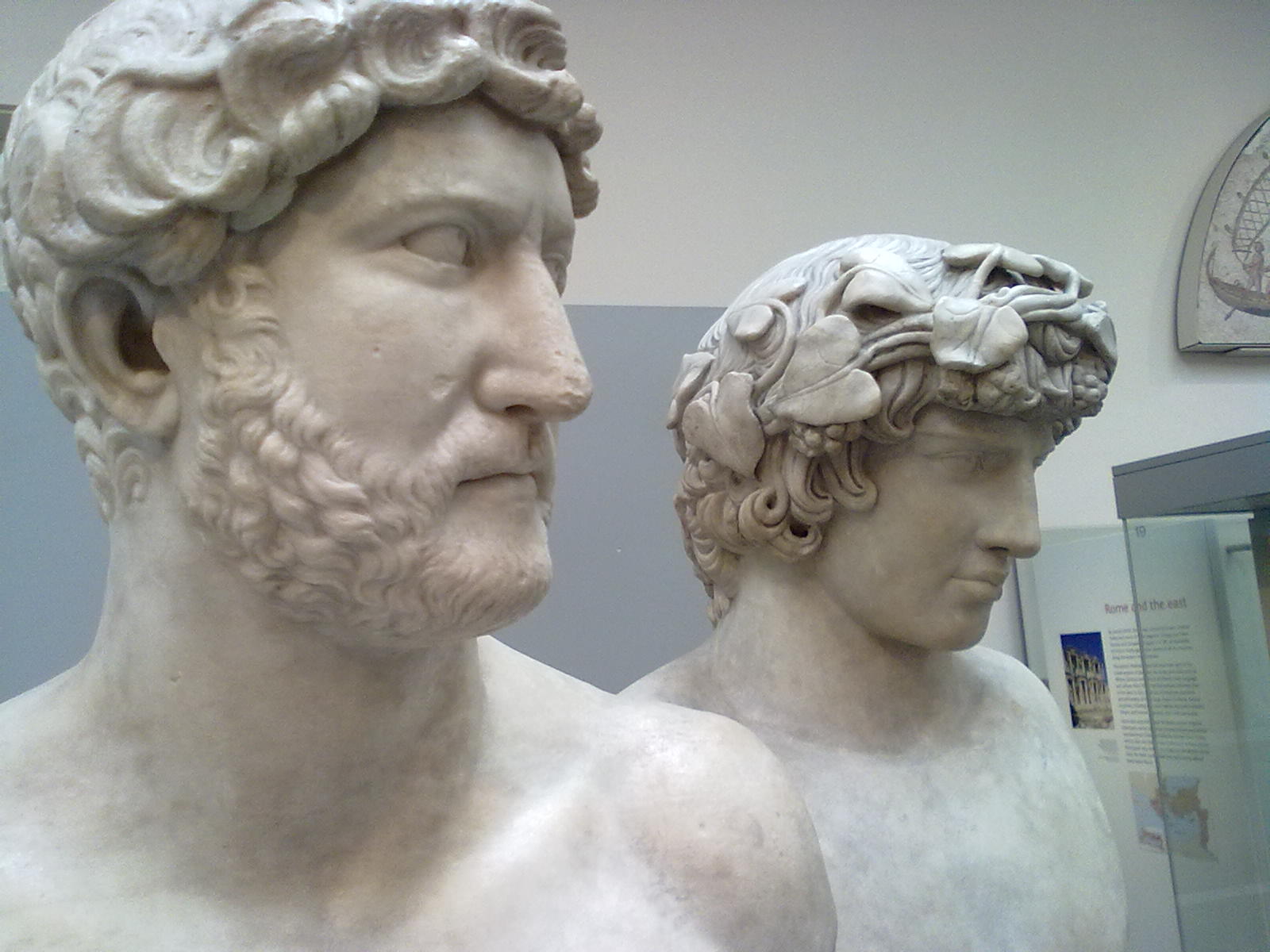
Antinous, the Greek God / Antinoo, il Dio Greco Tutt'Art Pittura * Scultura * Poesia * Musica
Discover key moments from history and stories about fascinating people on the Official BBC Documentary channel: http://bit.ly/BBCDocs_YouTube_ChannelHadrian'.
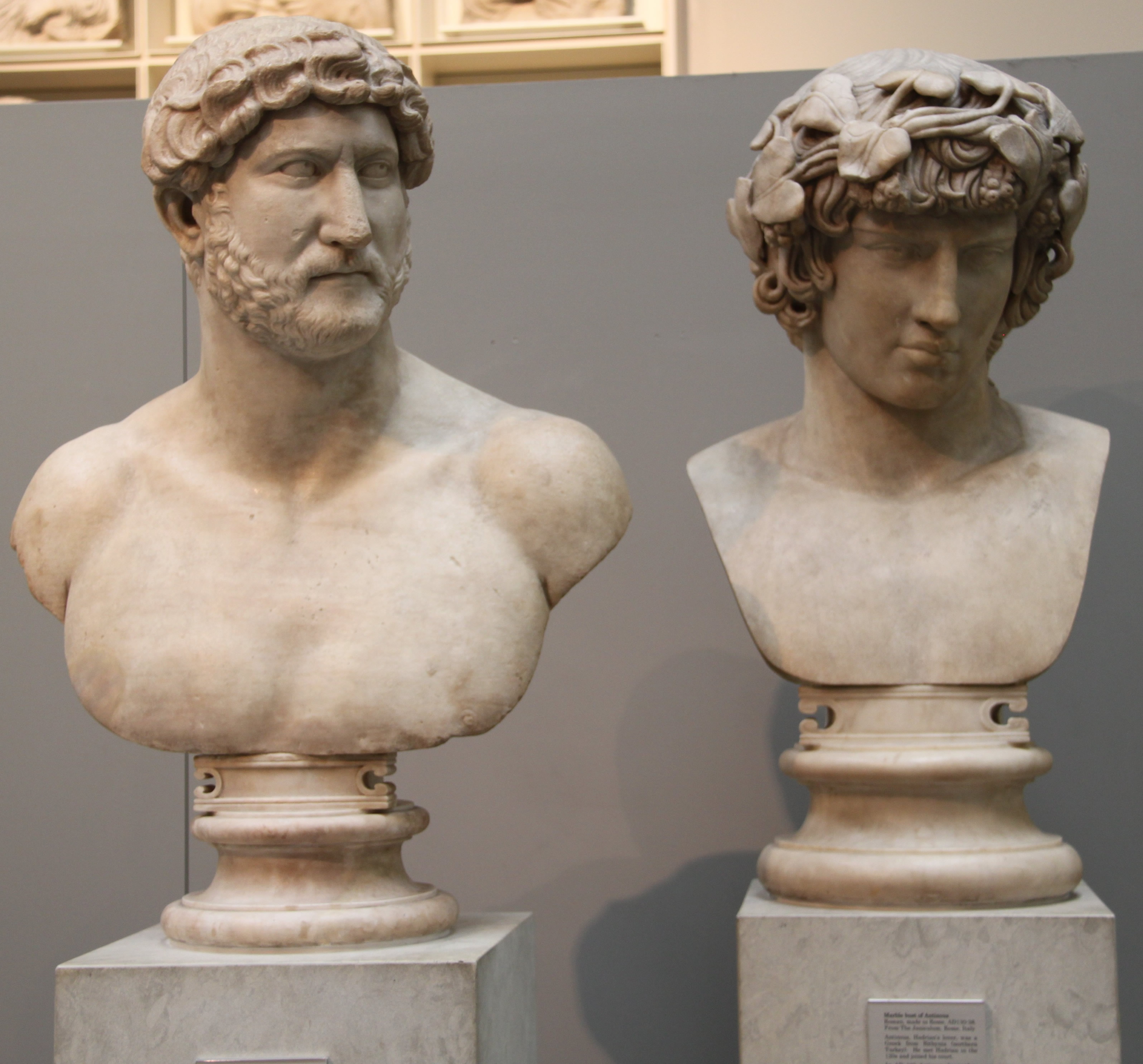
The History Blog » 2014 » April » 16
The most famous of Hadrian's male lovers was a young Bithynian called Antinous, possibly a slave, who Hadrian met while on a visit to his home town. Antinous accompanied the emperor, along with his wife, Sabina, throughout the longest tour of his reign, culminating in a visit to Egypt, where they saw the tombs of Alexander the Great and.
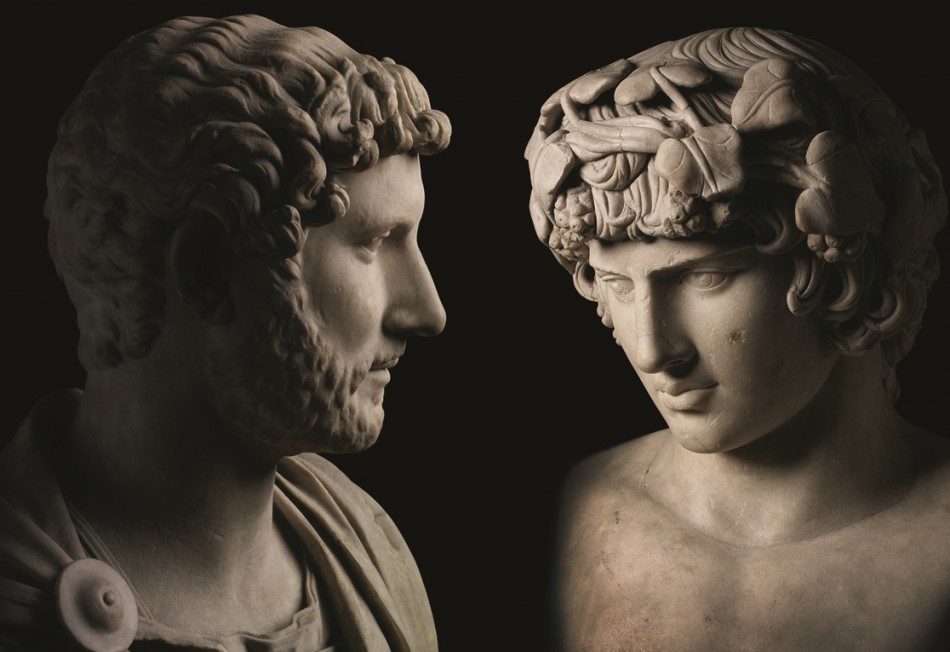
British Museum Celebrates Gay History
Antinous was the young, male lover of Hadrian. His premature death in A.D. 130 led to an oddly extravagant commemoration. Post-Renaissance he became one of the most collectable portrait types. This article re-examines the corpus of portraits as it is currently configured. Its primary aim is not to exclude or add pieces but to question the.